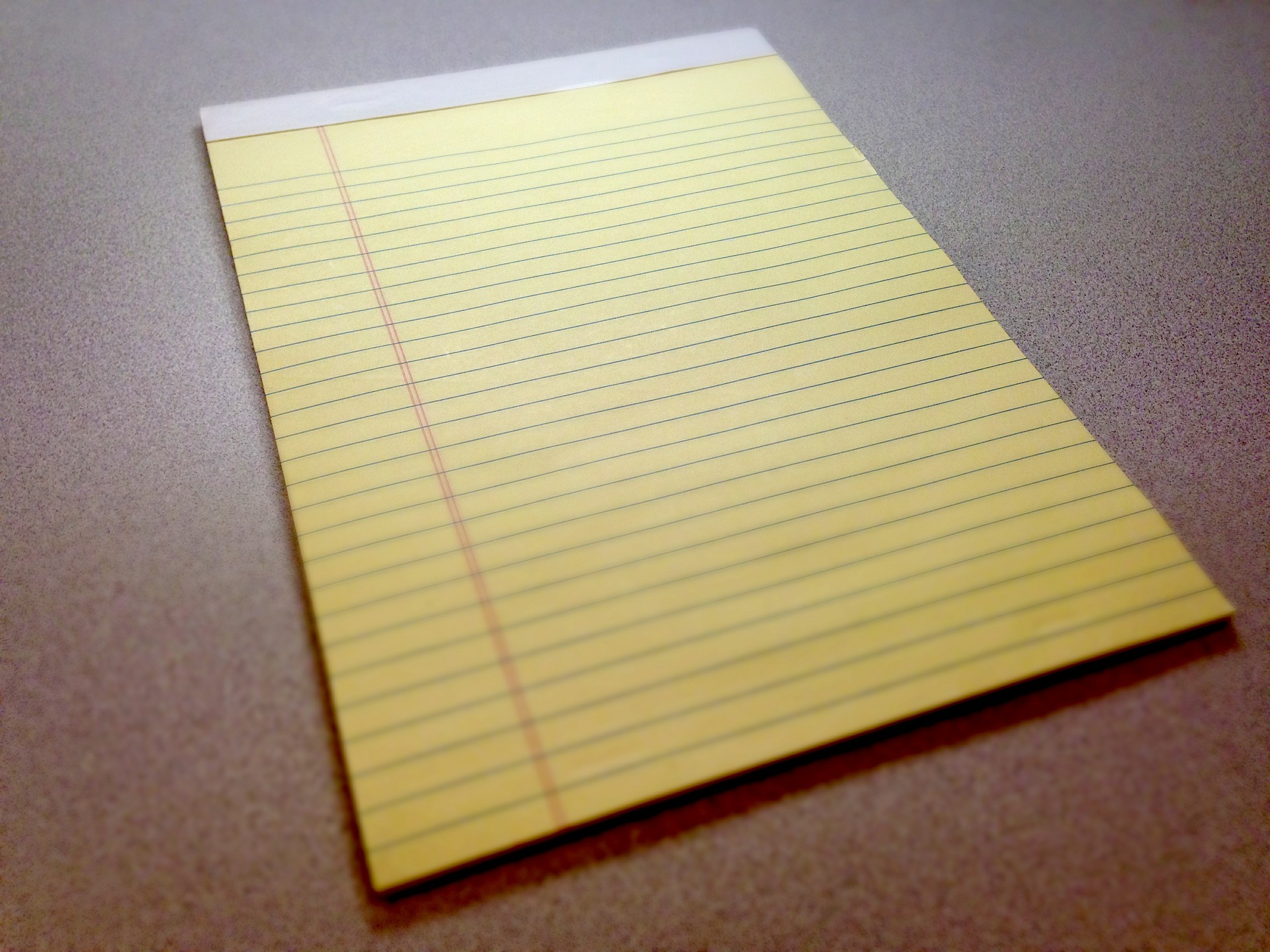Like most writers, I have an intense love/hate relationship with the blank page. It can be both a source of incredible frustration and a fount of exhilarating hope. Its emptiness – the long scroll of white below my blinking cursor – is a vexing obstacle.
Yet, I know that once I fill the space, the job becomes instantly easier.
That’s why I devise all kinds of tricks to fill the space, even with junk text. Because once I have copy, I have something I can edit.
Ernest Hemingway famously once said that “The first draft of anything is sh*t.” Or, to put another way: all of the magic happens in the editing. Let me explain.
I find fiction much easier to write than nonfiction, if only because I can make it all up as I go along. After all, it’s child’s play: you put your characters in pretend situations having pretend conversations and off you go! Easy!
In theory, nonfiction, whether it’s a thought leadership piece, a blog post, or an ebook, should be less difficult. It’s easier to put together an outline, for example. Research a few facts and pump out some blather around them, and you have a reasonable starting point.
But I always struggle with that first step: the opening paragraph. Writer’s block is tough – and not a good feeling when a deadline is near. (Douglas Adams, the author of The Hitchhiker’s Guide to the Galaxy, also has issues with deadlines: “I love deadlines,” he once said. “I love the whooshing noise they make as they go by.”)
As content marketers, we face a conundrum. We need to be prolific writers, but we also need to write reasonably good – perhaps even great – material. It needs to be thoroughly researched, creative, well-written and edited, fact-checked, proofread, and polished.
Over time, I’ve developed a number of tricks and strategies for producing marketable content on a regular basis that doesn’t embarrass me. Of course, it shouldn’t embarrass the client either, but, frankly, it’s more important that I’m not bothered by the copy. It’s my work, with or without my name, and I have ridiculously high standards.
Let me share a few of my tricks. Here’s hoping they help you avoid that whooshing sound.
The Outline Trope.
Eighth-grade English class provided the instructional base for our future writing skills. I make fun of it because it’s so hard-nosed, and no truly creative writer would – or should – ever stick to the rules. But outlines do help. Not all the time, but a good part of the time. My current outlines wouldn’t pass eighth grade, but they work for me. Here’s the original outline for this post:
- Intro – magic of editing?
- Trick 1 – outlines
- Trick 2 – research
- Trick 3 – Nanowrimo
- Trick 4 – magic of editing
- Conclusion
Research.
What I enjoy most about content marketing is that it feeds my curiosity. Before I start to write, I research and read, much like I did in college and graduate school. Often, I start with a background understanding of the topic and a clear agenda. But I love to hear what others say or what new facts have emerged about a topic. I grab things from a few reputable sources, and insert them as quotes into my outline. (That’s how those author quotes appeared in this piece.) Research adds black to the page, beginning the knockdown of the wall better known as writer’s block.
The Nanowrimo Method.
National Novel Writing Month was designed for aspiring fiction writers who simply need to get their idea on paper. The goal of the competition is to write a 50,000-word novel in just 30 days. That works out to roughly 1,666 words a day.
Perfection is the enemy of the first-time novelist. We’re often stopped cold by the blank page because we believe erroneously that our writing must be perfect the second it hits the page. This is a fallacy. The structure of Nanowrimo is designed to rocket writers over the wall. Simply focus on writing, don’t worry about how terrible your prose is, and don’t stop to edit.
Remember Hemingway’s quote? Everyone needs a first draft, and it will always be horrible. My trick is to set my iPhone alarm for 30 minutes and write a nonstop stream of consciousness. Usually, by the time the alarm goes off, I have several hundred words that can be shaped into something beautiful.
Which brings me to my last tip.
All the magic happens in the editing.
I love this part of the process best, because it allows me to work with words the way a sculptor works in clay: shaping each sentence, trimming excess here, and building up sections there. I do my best to be brutal during this process, and kill my darlings.
So there it is – my four-point plan to overcoming writer’s block and producing copy even I can love.
